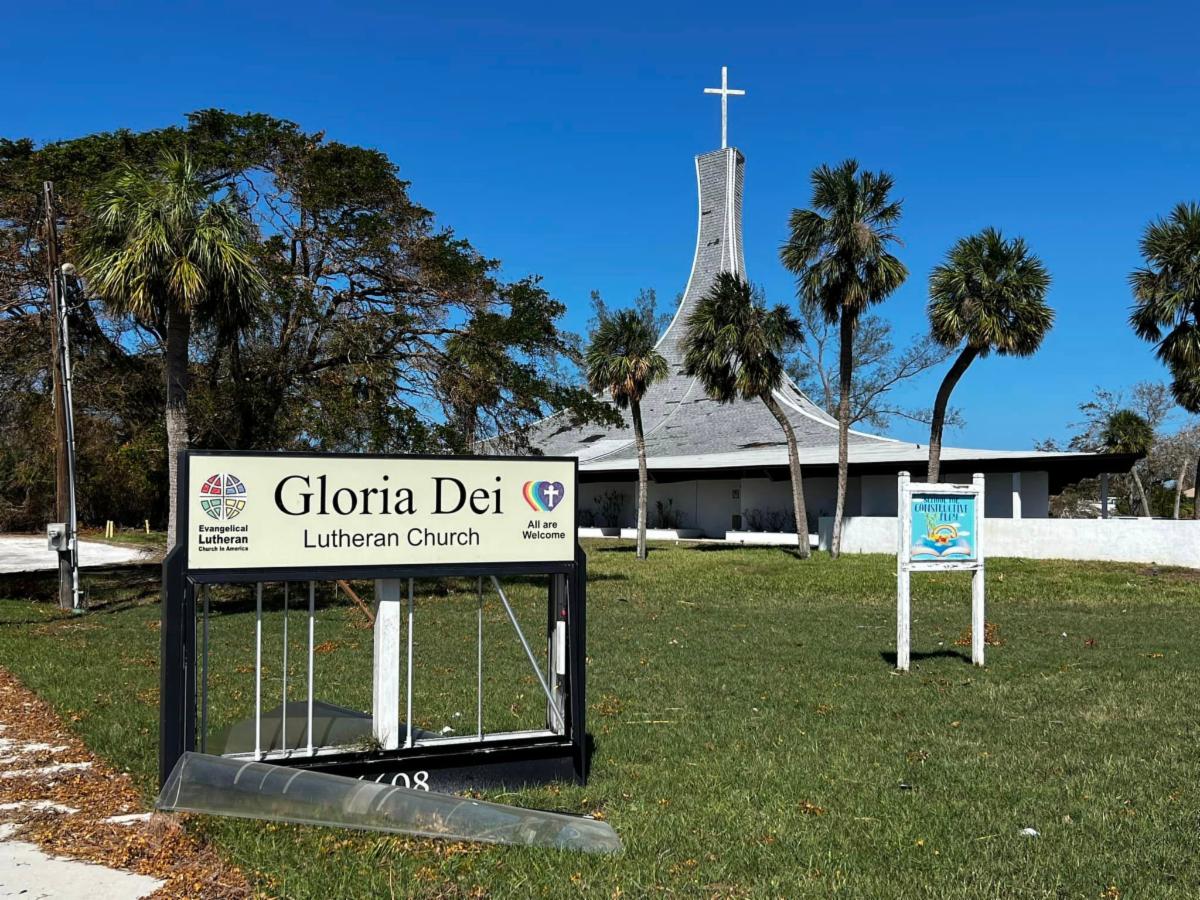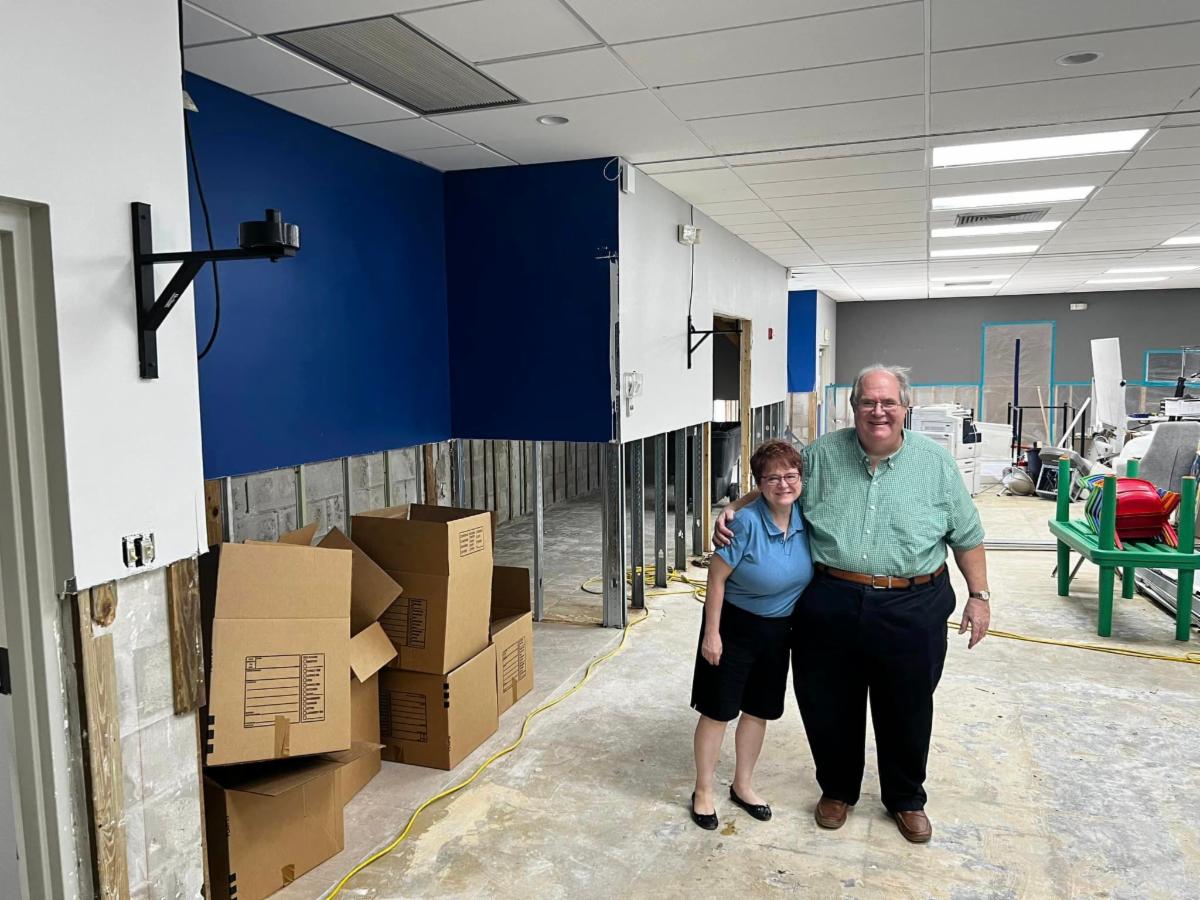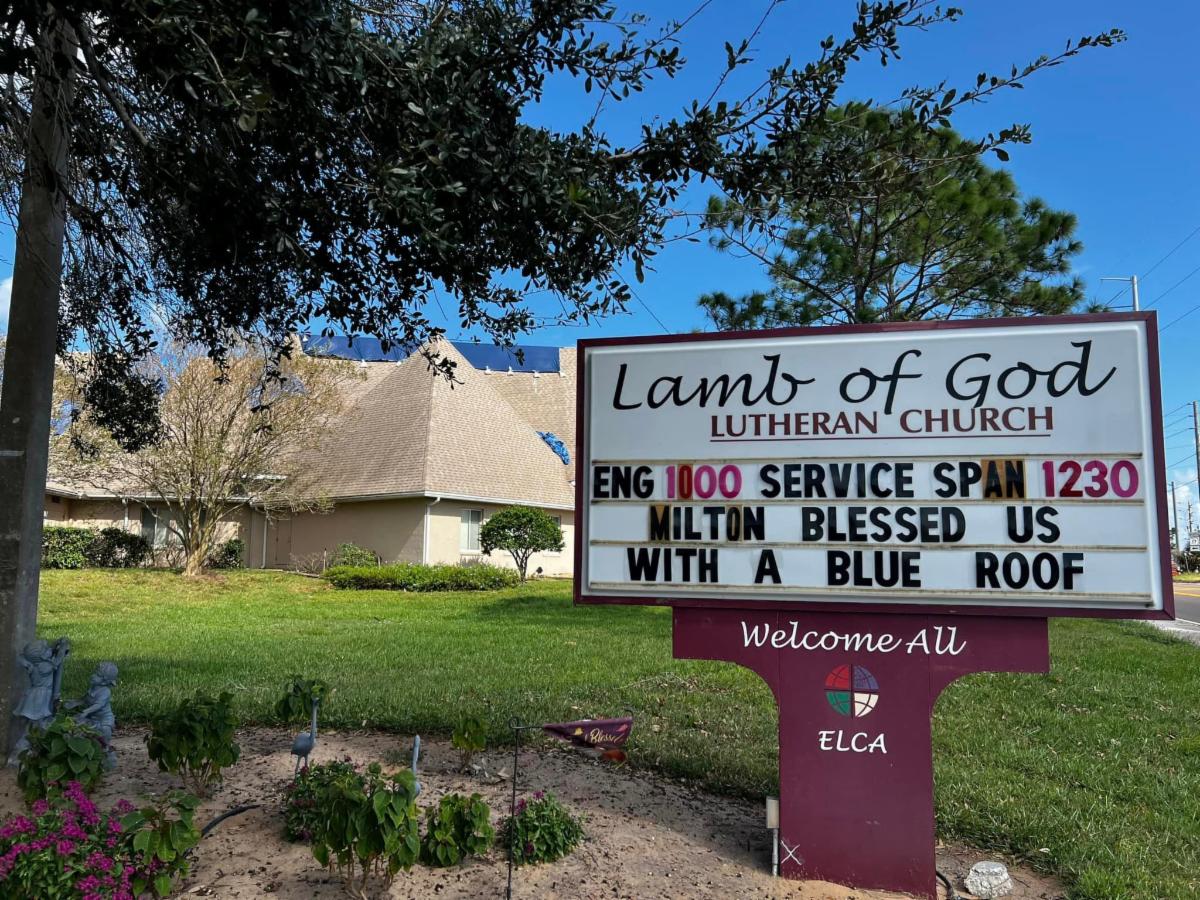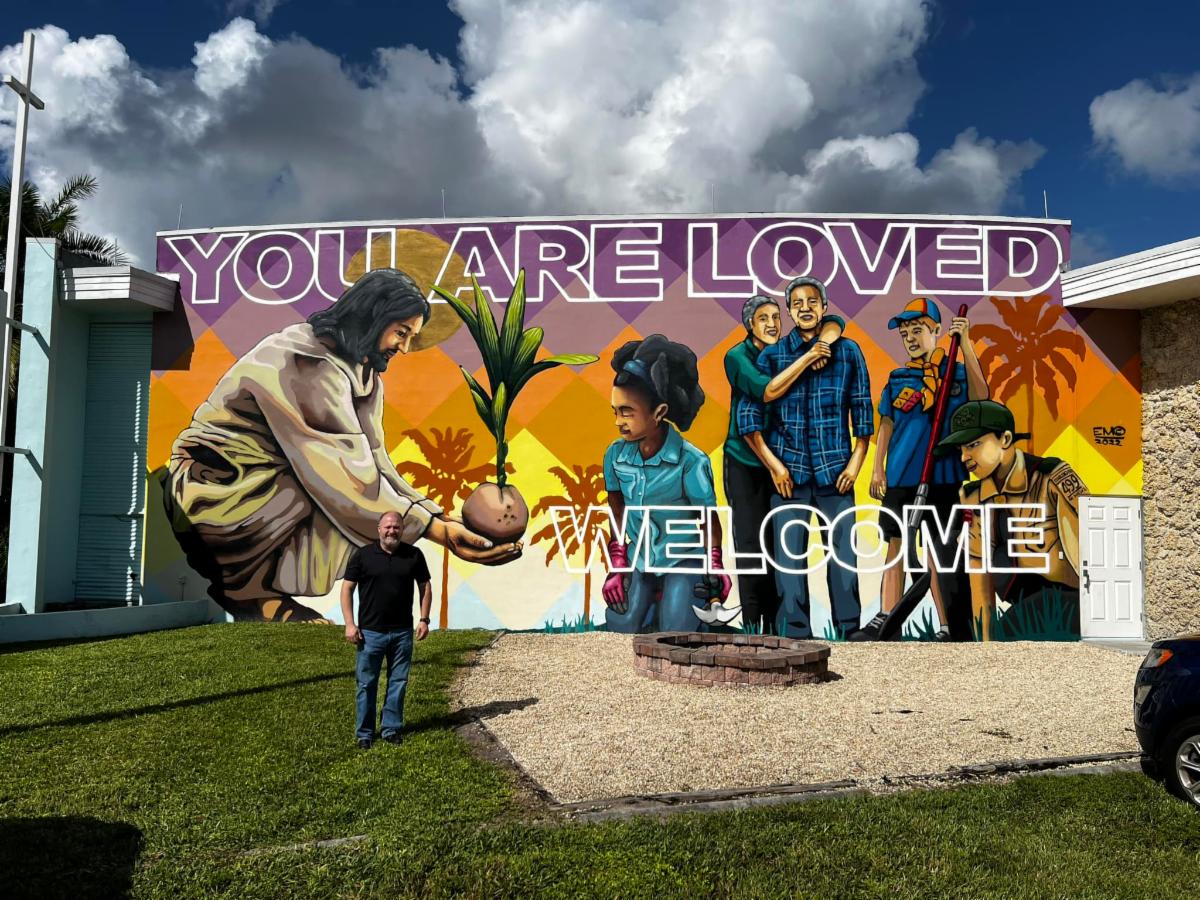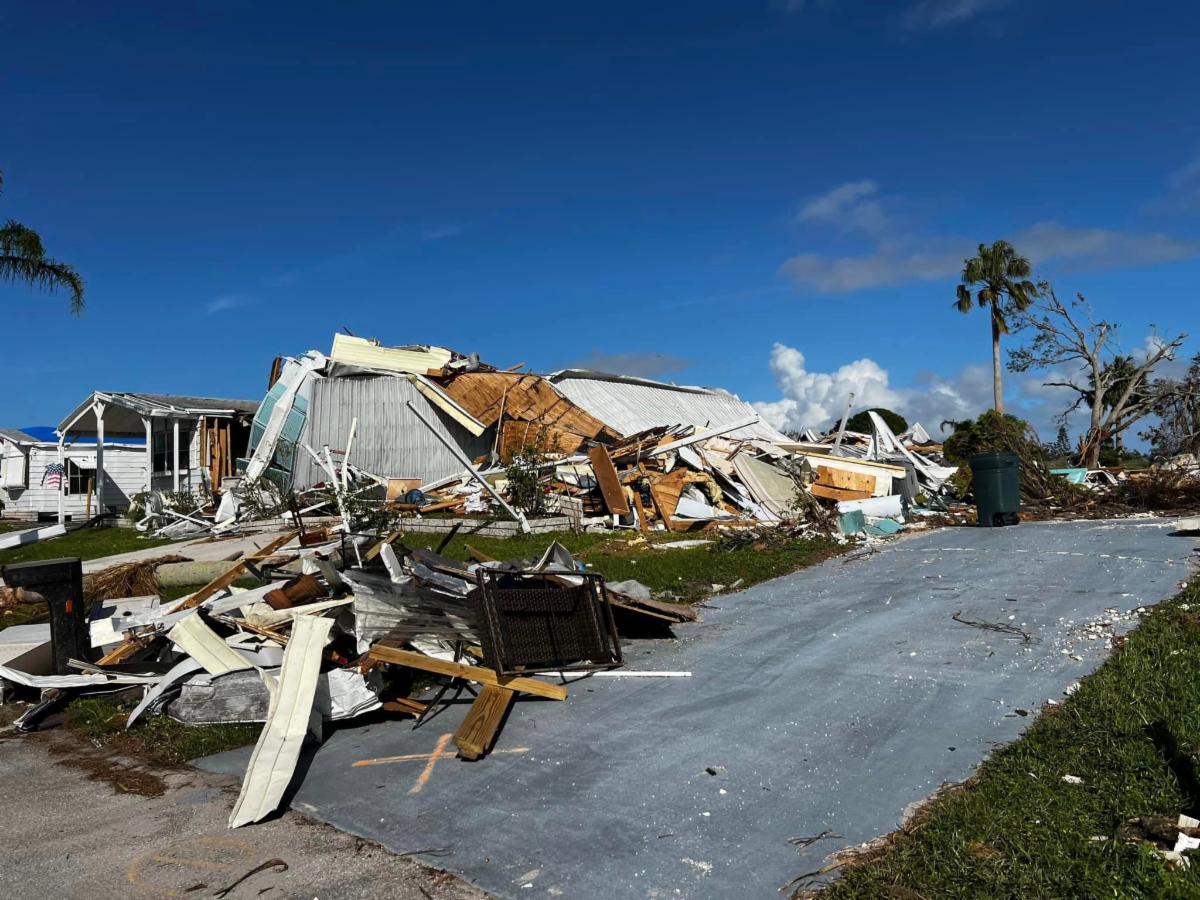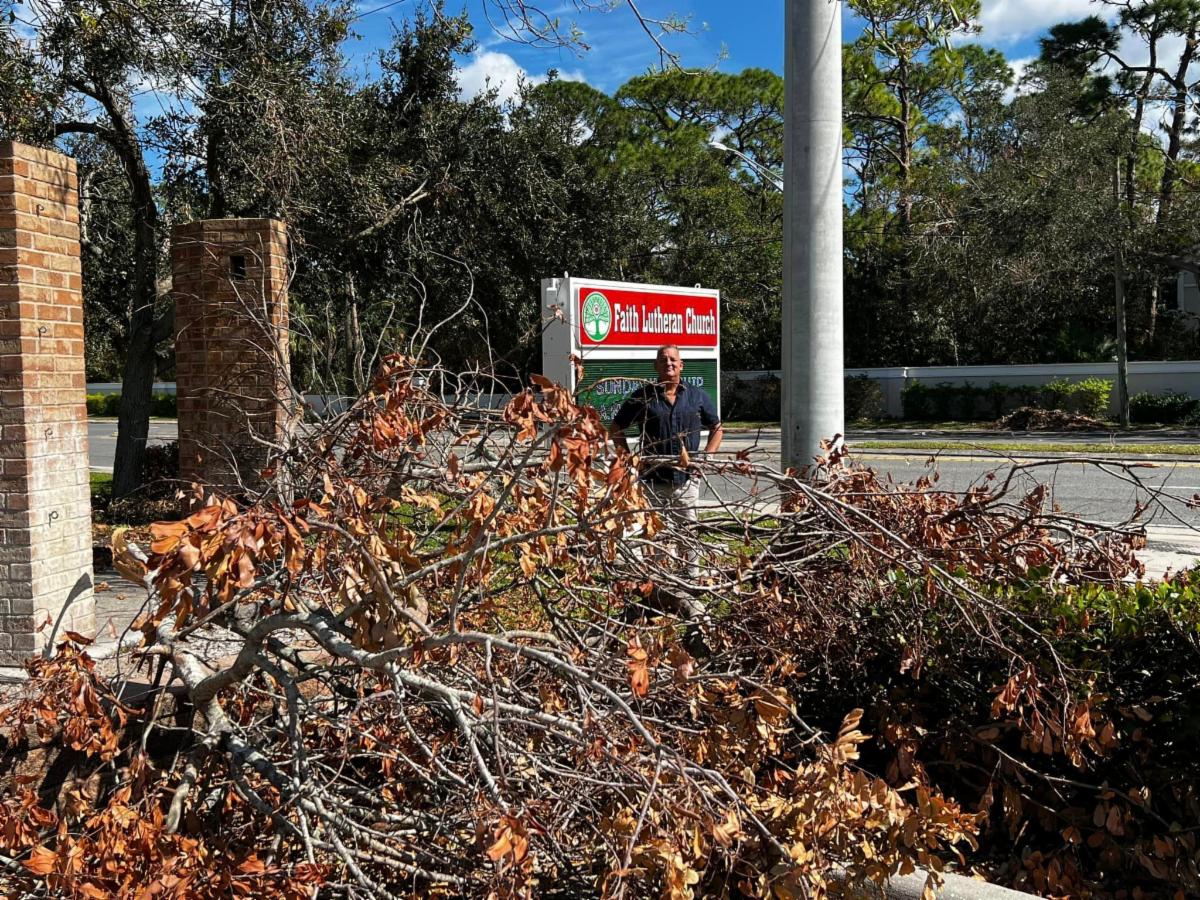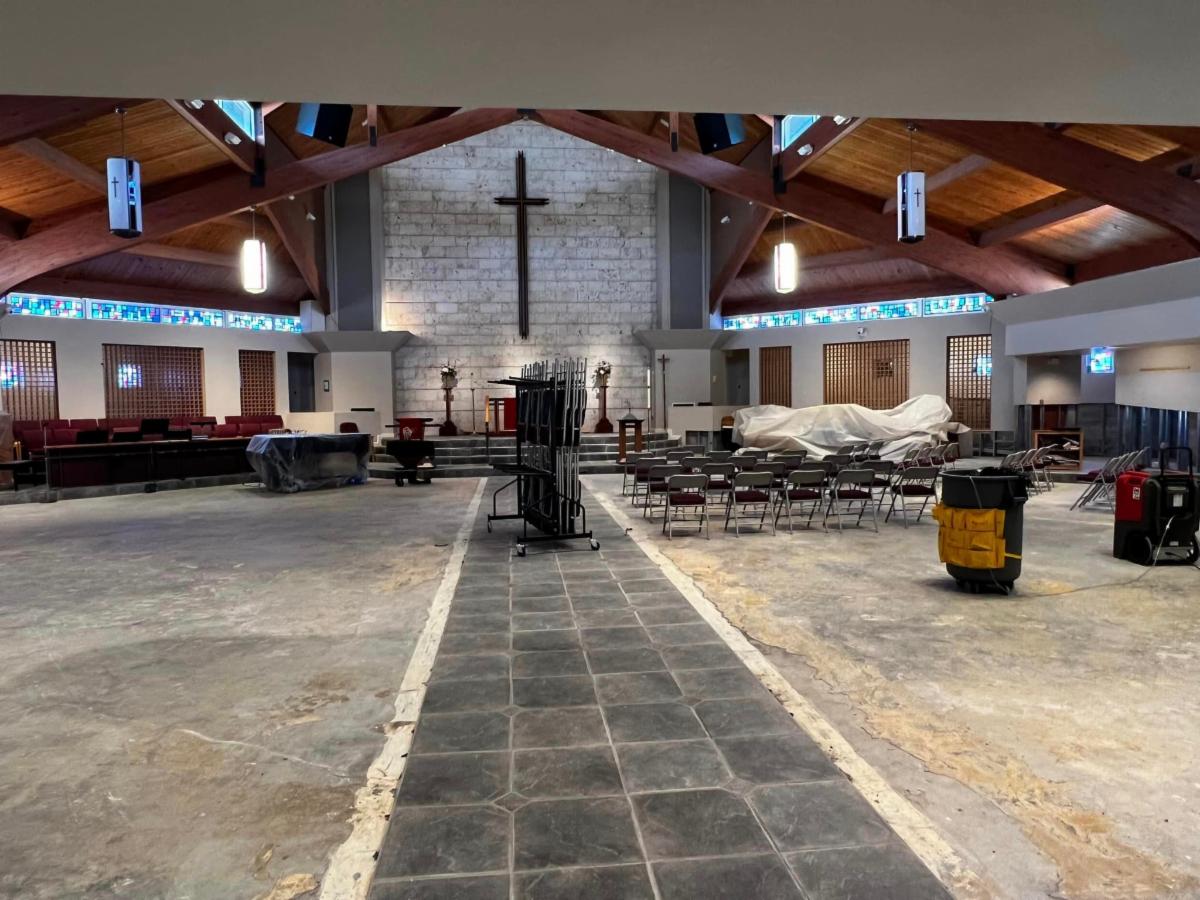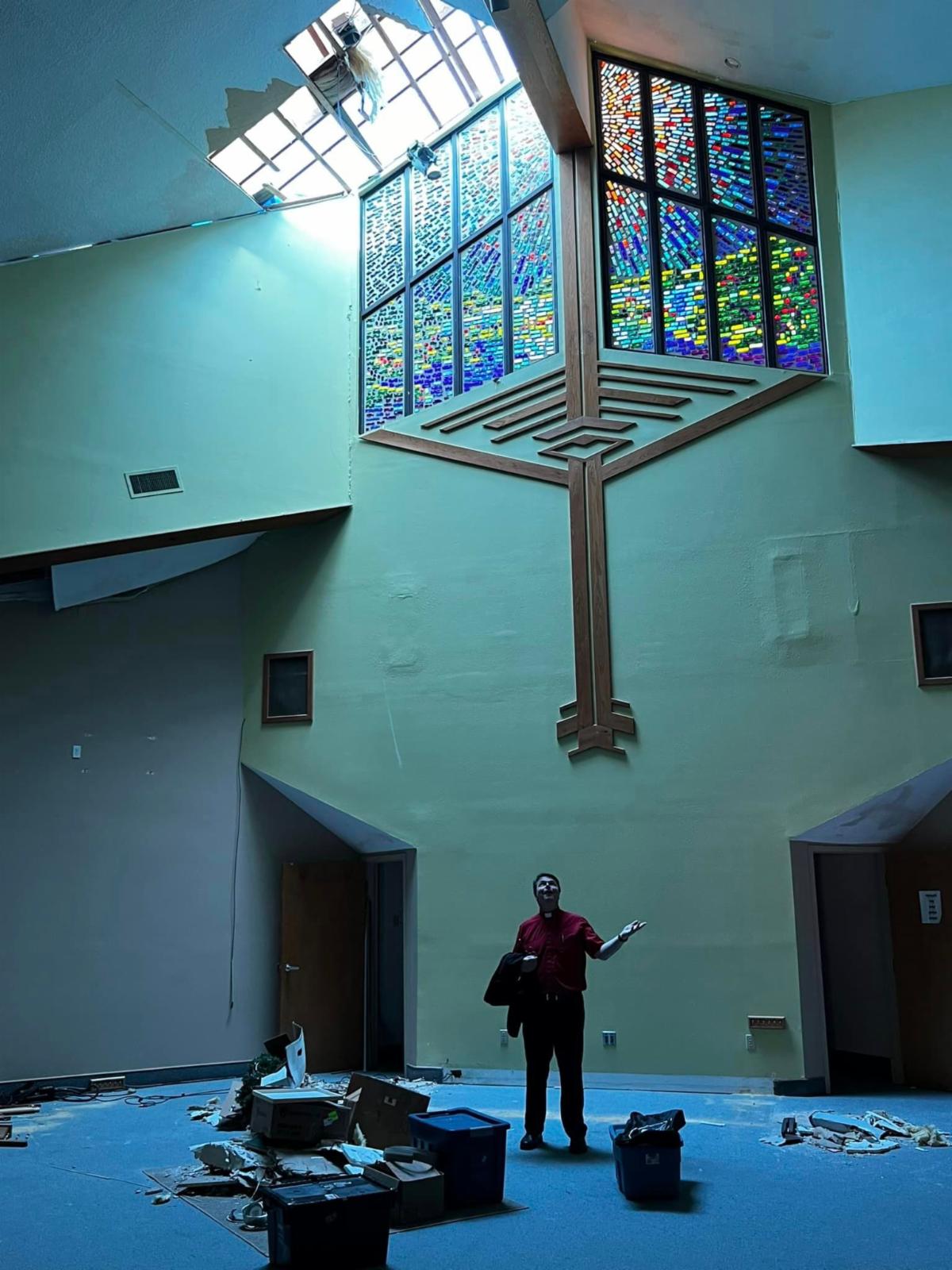By Pastor Rob Rose, Assistant to the Bishop, Florida-Bahamas Synod
Republished from the Florida-Bahamas Synod E-Spirit Weekly Newsletter
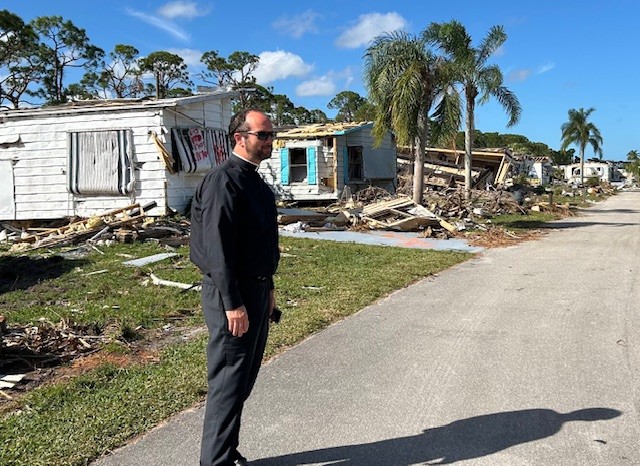 The past week took me on a journey across our synod, from the west coast to the east, meeting with congregations that had been battered by both Hurricane Helene and Hurricane Milton, along with the tornados that tore through communities in their wake. Each stop was a poignant reminder of the resilience of God’s people in the face of unimaginable loss, and yet a call to remember that none of us faces these struggles alone. We are part of something much bigger—the Church together.
The past week took me on a journey across our synod, from the west coast to the east, meeting with congregations that had been battered by both Hurricane Helene and Hurricane Milton, along with the tornados that tore through communities in their wake. Each stop was a poignant reminder of the resilience of God’s people in the face of unimaginable loss, and yet a call to remember that none of us faces these struggles alone. We are part of something much bigger—the Church together.
On October 20, I worshiped outside with the community of Paradise Lutheran Church in Treasure Island, led by Pastor Tom Mitchell. The flooding that ravaged their sanctuary is nothing short of devastating. With walls torn down and their beloved organ destroyed, they are still gathering, still worshipping. I met with their council, hearing stories of neighbors pulling together, even as the adjacent condominium complex was shredded by a tornado. More and more folks are returning each week, a testament to the faith that endures, even when the walls are gone.
The following day, October 21, I visited Gloria Dei on Anna Maria Island. Pastor Bill Beljean and the leadership shared the long road ahead. The floodwaters have receded, but the scars remain—walls cut to above the flood line, a day school shut down, and the roof in need of major repair. This is a congregation standing at a crossroads, discerning how to move forward while holding onto the hope of renewal.
That same day, I traveled to the Lutheran Church of the Cross in St. Petersburg, where I met with Pastors Lisa and Bruce Burbank. The story was tragically similar: a flooded fellowship hall, personal belongings piled on street corners as families in the surrounding community begin the painful process of cleaning up and figuring out what comes next.
On October 22, I was with the congregation at Lamb of God in Haines City, where Pastor Greg Villalon shared how their roof, now patched with blue tarps, had been shredded by the winds. It’s a temporary fix, and their need is great, but the spirit of their leadership team was filled with hope, trusting in God’s provision and care.
Later in the week, I found myself on the east coast. On October 24, I met with Pastor Randy Kennedy of St. Andrew Lutheran in Port St. Lucie. Their building was spared, but that doesn’t mean they were untouched. Our conversation was one of ministry opportunities—how we, as the church, can respond to the needs that arise in the wake of these storms, even when the physical damage may not be to our own sanctuaries.
That same day, I also visited Our Savior Lutheran in Vero Beach, where Pastor Mark Bernthal and I walked through a community shredded by tornados. Tricia Getzewich, a member of Our Savior, showed us the trail of destruction, pointing out where homes once stood, now just heaps of debris. There were lives lost here. Homes ripped from their foundations like paper tossed into the wind. Healing in this community will take time—time that we must walk alongside them as the bigger church.
October 25 brought me to Sarasota, where I met Pastor Eric Olsen of Faith Lutheran. The church itself sustained minimal damage, but the surrounding community was hit hard. I was moved by Pastor Olsen’s vision for the future, hoping to one day equip the church with a generator so they can be a beacon of warmth and light, providing hot meals and showers for their neighbors after storms like this one.
Later that day, I visited St. Armands Key Lutheran Church in Sarasota, where Pastor Ken Blyth walked me through the overwhelming destruction left by both hurricanes. The sanctuary, offices, and other parts of the church had been completely gutted, with the remnants of what was once a vibrant house of worship now filling dumpsters—water-logged pews, ruined hymnals, and countless books and files beyond repair. Amid that loss, he also showed me the newly renovated memorial garden. The garden had recently been lovingly planted, only to have it all drowned in saltwater… the vibrant plants now withered and lifeless. And yet, despite the devastation all around, there was an energy of resilience among those working tirelessly to rebuild, a hope that no floodwaters could wash away.
Finally, on Reformation Sunday, October 27, I worshipped with Atonement Lutheran in Wesley Chapel, led by Pastor Scott Lindner. Their sanctuary bears a gaping hole where the winds of Hurricane Milton tore through the roof. They are still waiting to know the full extent of the damage, but one thing is certain – they are committed to their calling to be a gathering of faith.
As I reflect on this journey, I am profoundly reminded that we are not defined by the storms of life, but by our faith in Christ, who is our refuge and strength. “God is our refuge and strength, an ever-present help in trouble” (Psalm 46:1). The synod provides emergency grants to congregations who provide them to both members and neighbors alike. Already, more than 40 emergency grants have gone out to individuals and families as they work to rebuild their lives, and more are going out. This is a clear sign that we, as the body of Christ, are moving together in faith and solidarity. Every dollar donated to the hurricane disaster fund is being used to support these efforts—100% of it going directly to help those impacted by the storms.
To all who have given, prayed, or sent words of encouragement – thank you! The road ahead may be difficult, but with Christ as our foundation and our community as our strength, we are church together. We will rebuild, and through it all, God’s faithfulness endures.
* * * *


